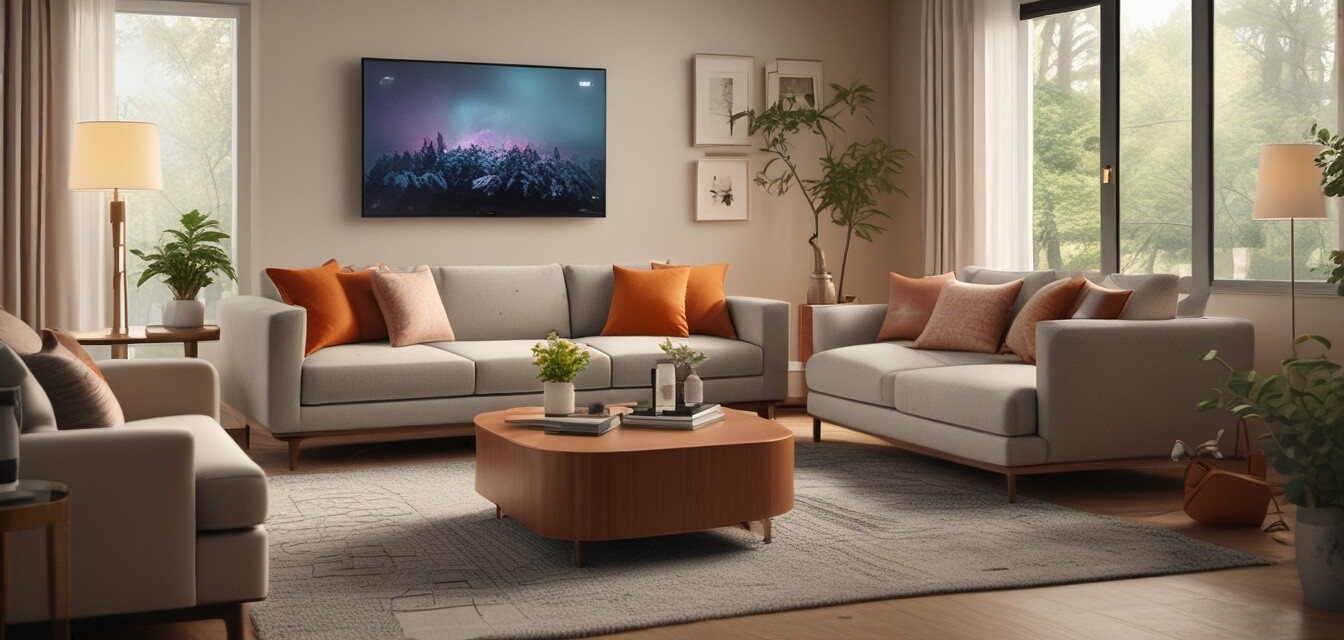
How to Create a Tech-Friendly Environment for Seniors
Key Takeaways
- Choose user-friendly devices that cater to seniors’ needs.
- Ensure a safe and accessible layout for technology.
- Utilize voice-controlled devices to simplify usage.
- Incorporate easy-to-read displays and buttons on devices.
- Provide guidance on privacy and security practices.
Creating a tech-friendly environment for seniors involves a blend of comfort, accessibility, and safety. By adapting the living space to incorporate smart home gadgets effectively, caregivers and families can enhance seniors’ independence and security. This article provides best practices to set up an environment that meets the unique needs and preferences of aging individuals.
Assessing the Living Space
The first step in creating a tech-friendly environment is to evaluate the current living situation. Consider the following:
- Accessibility: Check for easy access to power outlets and Wi-Fi.
- Space: Ensure adequate room for mobility aids like walkers or wheelchairs.
- Lighting: Optimize lighting for visibility and safety, especially in key areas.
Accessible Layout
Arrange furniture to create a clear path throughout the home. Here are some design tips:
- Remove obstacles and clutter.
- Place frequently used items within reach.
- Consider a mixed-use space to accommodate both relaxation and technology.
Selecting Appropriate Technology
Choosing the right devices is crucial. Focus on:
| Device Category | Features to Consider |
|---|---|
| Connected Home Assistants | Voice control, ease of setup, and ability to integrate with other devices |
| Health Monitoring Devices | Remote monitoring, simplicity of use, and real-time updates |
| Home Security Solutions | User-friendly interfaces, reliable alerts, and camera accessibility |
| Smart Entertainment Systems | Simple remotes, large buttons, and voice command options |
| Smart Lighting Systems | Easy automation, motion sensors, and dimming capabilities |
Benefits of Smart Devices
Smart devices offer significant advantages in a senior's daily life, including improved safety, enhanced connections with family, and simplified management of their environment. Explore various categories more in-depth, such as connected home assistants, health monitoring devices, and home security solutions.
Integrating Technology Smoothly
When introducing technology, gradual integration ensures comfort and confidence in usage:
- Start with one device at a time to avoid overwhelming the senior.
- Provide clear and simple instructions for each gadget.
- Consider hands-on demonstrations to facilitate understanding.
Training and Support
Continuous support is essential. Create ongoing learning opportunities with:
- Regular refreshers on how tech works.
- Contact information for help when needed.
- Encouragement to explore features at their own pace.
Ensuring Privacy and Security
Security concerns can be high, especially with the elderly using technology. To maintain safety:
- Educate about strong passwords and privacy settings.
- Review devices periodically to remove outdated or unused apps.
- Utilize two-factor authentication where possible.
Resources for Continued Learning
Leverage resources and articles that help with setup and tips for safe usage, available in our Tips and Advice section. Keeping up-to-date will empower seniors to thrive in a tech-friendly environment.
Conclusion
By creating a tech-friendly environment for seniors, families and caregivers help harness the benefits of technology while ensuring safety and independence. With deliberate choices, easy integration, and consistent support, seniors can engage with smart devices confidently and enjoy their connected living spaces.
Pros
- Enhances independence among seniors.
- Increases safety and security in the home.
- Facilitates easier communication with family and friends.
- Simplifies daily tasks through automation.
Cons
- Initial cost of devices may be high.
- Learning curve for some seniors might be steep.
- Technical issues can be frustrating.